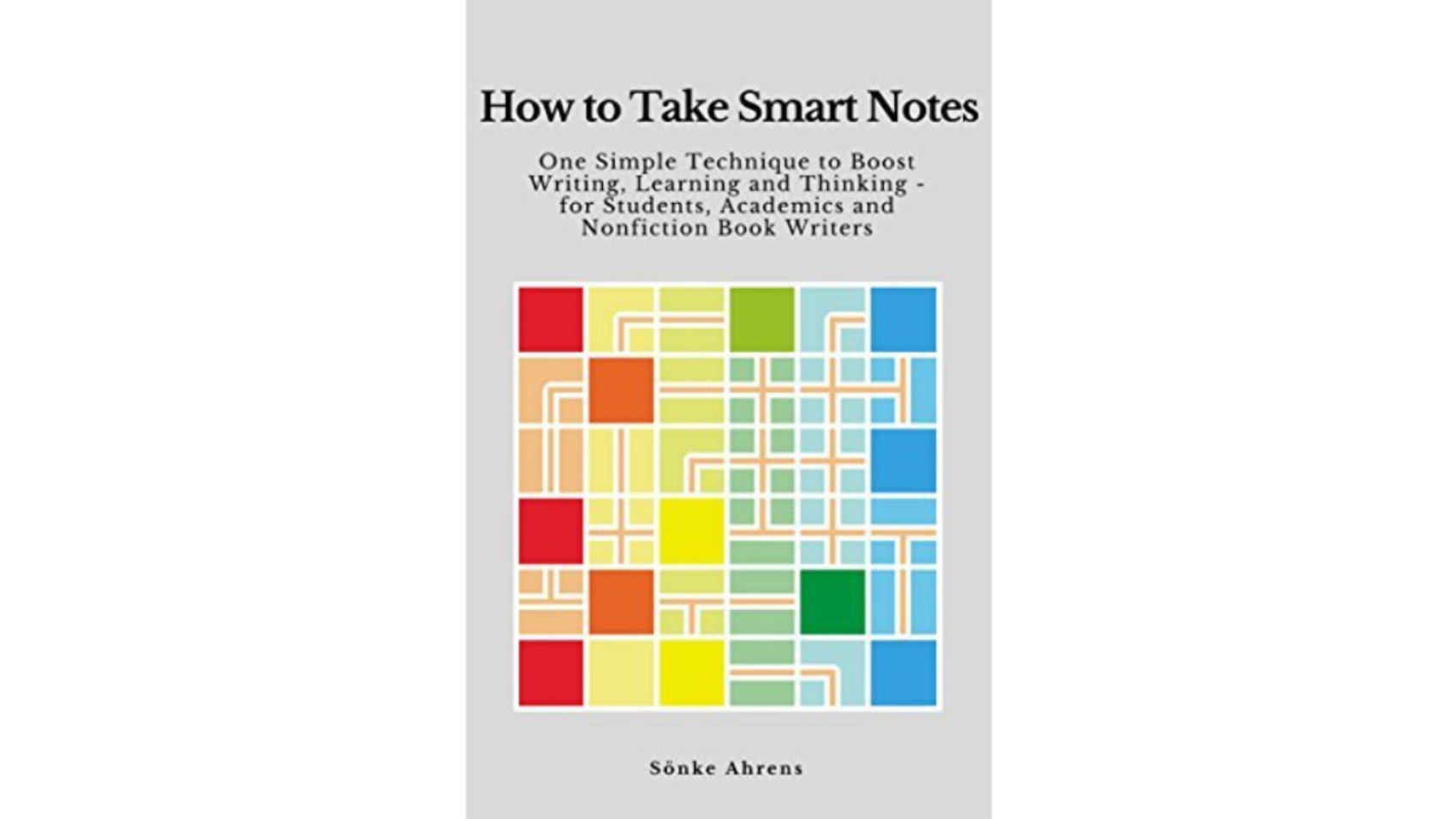Book Summary
Sönke Ahrens proposes the idea of the “Zettelkasten” method of note-taking and information management in her book “How to Take Smart Notes.” Instead of keeping notes in a hierarchical, linear format, the method entails establishing a network of connected notes. This makes it simple to connect knowledge and retrieve it, which promotes deeper learning and higher comprehension. The book also explains how to apply this approach effectively when writing, conducting research, and solving problems.
The Book in 3 Sentences
- The Zettelkasten method of taking notes, which is a non-hierarchical approach for organising and linking notes, is introduced in the book. The work of German sociologist and philosopher Niklas Luhmann serves as the foundation for this approach.
- According to the book, writing notes down on paper is more efficient than typing on a computer since it promotes greater concentration and comprehension.
- The book places a strong emphasis on the value of making connections between ideas and concepts through knowledge management and note-taking in order to promote original thought and problem-solving.
Impressions
The book “How to Take Smart Notes” left me with the sense that it offers a simple and efficient approach for classifying and retrieving information, that it can promote greater comprehension and memory, and that it can be useful for writing, research, and problem-solving. It is a helpful and practical manual for anyone wishing to enhance their note-taking and information management abilities.
How I Discovered It
I found it on Amazon where it was highly recommended
Who Should Read It?
Students: The Zettelkasten method is particularly well-suited for students who want to improve their note-taking and studying skills. It can help them to better understand and retain information, leading to improved performance in school.
Academics: The book can be beneficial for academics, researchers and scholars as it provides a method for organizing and retrieving information, and can help them to improve their writing and research skills.
Nonfiction book writers: The Zettelkasten method can be useful for nonfiction book writers as it helps to organize their research and notes, making it easier to write and structure their books.
Professionals and entrepreneurs: The method can help professionals and entrepreneurs to organize and access their ideas, notes, and research leading to better work performance and creativity.
How the Book Changed Me
After reading “How to Take Smart Notes,” I changed my approach to note-taking and information management by implementing the Zettelkasten method.
I started creating a network of interconnected notes, rather than keeping notes in a linear, hierarchical structure, which allowed for easy retrieval and connection of information.
I found myself to be able to write, and research better. Additionally, I feel that my focus, organization, and retention of information have improved as well.
My Top Quotes
- “The Zettelkasten is a technique, not a tool. It is a way of thinking and working, not a piece of software or a set of templates.”
- “The Zettelkasten is a machine for producing ideas.”
- “The purpose of taking notes is not to have a collection of notes, but to have a collection of knowledge.”
Detailed Notes//Key Topics (Key topics from the book are)
Some key topics from the book “How to Take Smart Notes” include:
- The Zettelkasten method: The book introduces the Zettelkasten method of note-taking and information management, which involves creating a network of interconnected notes, rather than keeping notes in a linear, hierarchical structure. This allows for easy retrieval and connection of information, leading to better understanding and deeper learning.
- Writing, research and problem-solving: The book covers how to effectively use the Zettelkasten method for writing, research, and problem-solving by providing a system that allows to easily access, organize and connect the information needed.
- Productivity and focus: The book provides tips and strategies for staying focused and productive while implementing the Zettelkasten method.
- Note-taking and information management: The book explains the importance of note-taking and information management in the context of learning and knowledge acquisition, and how the Zettelkasten method can help to improve these skills.
- Critical thinking and creativity: The book argues that the Zettelkasten method can help to improve critical thinking and creativity by allowing people to easily connect different pieces of information and make new associations.

